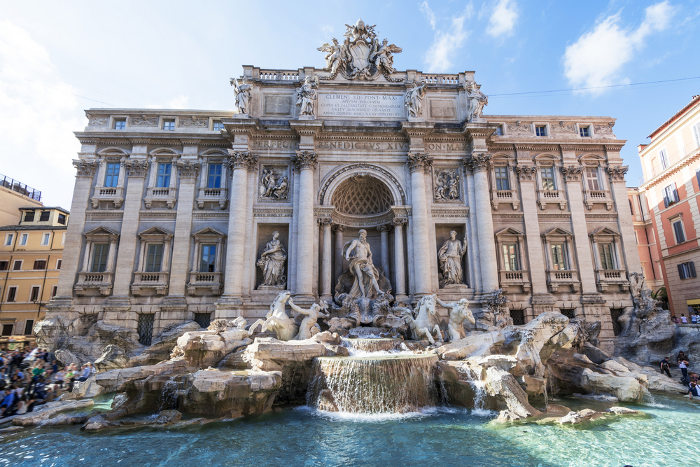
What can I say? It doesn’t matter where you’re from in the world, when you speak about the Trevi Fountain you get a little feeling of home. Doesn’t Fellini’s La Dolce Vita mean anything to you? Marcello Mastroianni with Anita Ekberg? I’ll be talking about the facts and traditions around the Trevi fountain in another post, but for now let’s take one step at a time: where exactly is the fountain? What period does it date back to? What do the sequence of the statues around it, the inscriptions and the niches all tell us?
Where is the Trevi fountain?
The Trevi fountain is located right in the heart of Rome. The nearest metro stop is Barberini. If you enjoy walking you can take a beautiful route from Barberini which takes you to the Quirinale and to the Fountain, and from there to the Pantheon, then to Piazza Navona, ending up at Montecitorio and Via Condotti if you fancy a bit of shopping. You’ll love the atmosphere in this part of Rome!
History of the Trevi fountain
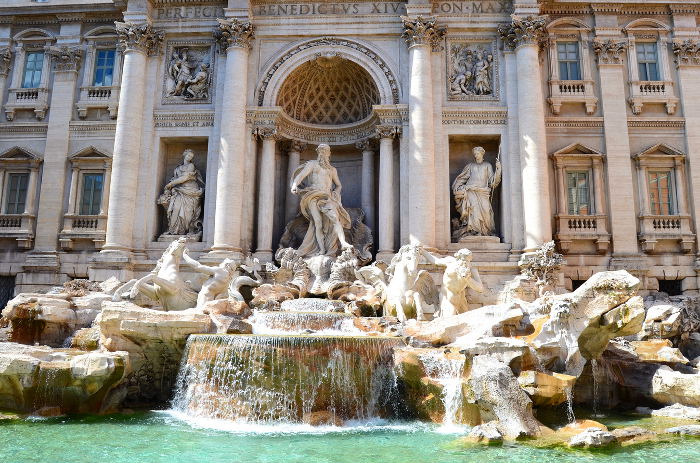
Like everything else in this city, the Trevi fountain has been around for a long time. Even though the fountain was inaugurated in 1735, this corner of Rome has a history going back thousands of years. We need to first go back to the Aqua Virgo, one of the ancient Roman acqueducts which still functions today. The end point of the Aqua Virgo is on the eastern side of the Quirinale right next to where a number of streets converge. In those days the spot was actually called a treio: as three streets meet there (and this is probably exactly where the name Trevi came from). The fountain was originally constructed right in the middle of this intersection, with its three mouths pouring water into three separate, adjacent basins. In 1453, on the instructions of Pope Niccolò V, Leon Battista Alberti replaced the three basins with one single one – bigger and rectangular. But we still haven’t got to the present fountain. It would need a number of other Popes to get to the one we see today …
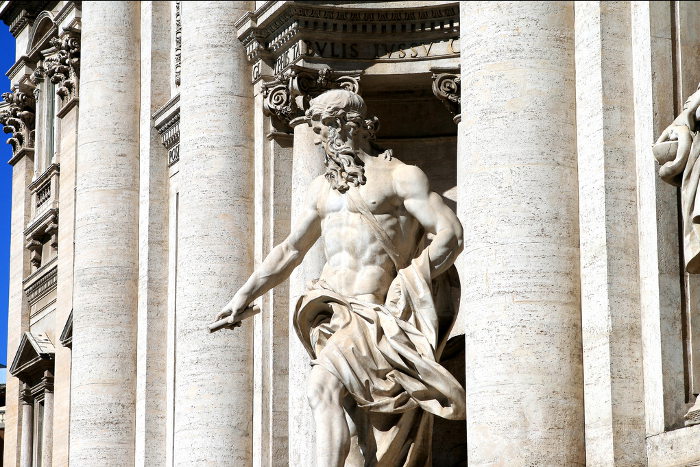
Building and modifying the fountain continued through successive centuries, always at the behest of the popes. In the second half of the 15th century Pope Urbano VIII ordered Gian Lorenzo Bernini to transform the whole square and the fountain into a spectacular attraction right close to his family home, Palazzo Bernini. The Pope also wanted it to be visible from the pontifical residence – the Palazzo del Quirinale. In Bernini’s plans there was a grandiose water show, he widened the intersection, and demolished several houses to the left so he could re-orientate the fountain to face towards the Quirinale. However, lack of funds forced the project to be abandoned as did the death of Pope Urbano VIII and a court action against the Barberini family. Successive Popes had the problem of what do to with the Trevi fountain but every project put in place was abandoned. In fact, the family of Pope Innocent XIII purchased some buildings right behind the fountain and so did not want any changes to the state of affairs. Nothing was to hinder progress of the creation of his new noble residence.
It’s in 1731 that the Trevi fountain returns centre stage thanks to Pope Clement XII. He announced a competition to build a large water-based monument. The competition was won by Nicola Salvi, but neither he nor the Pope were to see the work finished. The fountain was eventually completed thirty years after the death of Pope Clement XIII. The work represents a sea scene. There is a large with a statue named Ocean in the middle. Ocean is driving a carriage in the form of a shell pulled by two winged horses that are, in turn, guided by mythical tritons. And then there are the niches; and statues named Health, and Abundance; bass reliefs; Corinthian columns, and a commemorative plaque to the Pope, of course:
CLEMENS XII PONT MAX
AQVAM VIRGINEM
COPIA ET SALVBRITATE COMMENDATAM
CVLTV MAGNIFICO ORNAVIT
ANNO DOMINI MDCCXXXV PONTIF VI
Someone of you can translate, please?
The second picture is by David McSpadden. The third picture of Ocean statue is by Justin Ennis.

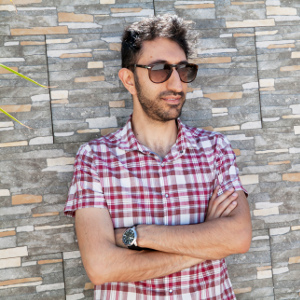






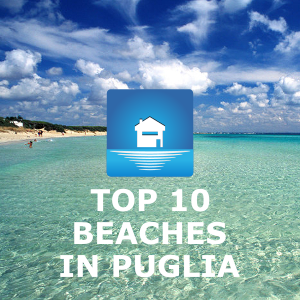



[…] Trevi Fountain is a commonly visited tourist spot, and I heard that if visitors throw a coin into the fountain, they are ensured to return back to Rome. I’m not one to follow legends too closely, but if there is any opportunity to increase my odds of returning to Rome, I’ll believe in superstition. You can’t turn a street corner in Rome without seeing a beautiful fountain, but Trevi Fountain is not to be missed. While making my way through intolerable crowds, I became increasing aware of the possibility of pick-pockets. With tourists from around the world searching in their pockets, purses, and wallets for money to toss into the fountain, the likelihood of petty crime was obvious, but I threw caution and coins to the wind and wished for a quick and safe return to Rome. […]